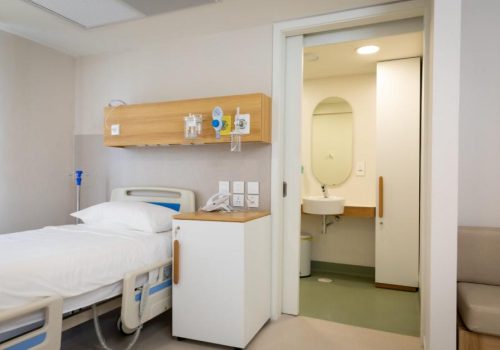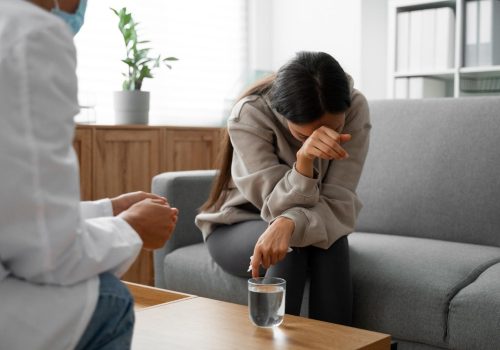An Effective Treatment for Restless Legs Syndrome
Restless Legs Syndrome (RLS), also known as Willis-Ekbom Disease, is a neurological disorder that causes an irresistible urge to move the legs. The exact cause of RLS remains largely unknown, but it is thought to involve dopamine, a chemical that facilitates the transmission of signals in the brain. Here, we will delve into effective treatment for restless legs syndrome and how it can help you.
Diagnosis Before Treatment
Before discussing treatment, it’s crucial to establish a proper diagnosis. RLS can mimic or be confused with other conditions. Thus, it’s advisable to consult a healthcare professional who will likely review your medical history, conduct a physical examination, and possibly recommend some tests to rule out other conditions.
Lifestyle Modifications
Many individuals find relief from RLS symptoms through lifestyle changes and improvements in sleep hygiene. Some of these modifications include:
- Regular Exercise: Engaging in moderate, regular exercise can alleviate symptoms. However, intense exercise might worsen them.
- Good Sleep Practices: Maintaining a regular sleep schedule can help reduce symptoms of RLS.
- Leg Massage: Massaging the legs can provide temporary relief from the urge to move.
- Warm Baths: Taking a warm bath before bedtime may help relax the muscles and reduce symptoms.
Medications
For those whose RLS symptoms persist despite lifestyle changes, medication may be an effective treatment option. Certain medications can help manage symptoms, including:
- Dopaminergic Agents: Drugs that increase dopamine levels can be effective in treating RLS.
- Anticonvulsants: These can help manage pain and uncomfortable sensations.
- Opioids: In severe cases, opioids may be prescribed for patients who do not respond to other treatments.
- Iron Supplements: If tests show that you have low levels of iron, supplementation might be recommended.
It’s important to work closely with a healthcare provider to determine the most appropriate treatment plan for you. Medications can have side effects, and what works for one person may not work for another.
Physical and Manual Therapies
Physical and manual therapies, such as physiotherapy or acupuncture, have shown promise for some individuals with restless leg treatment. These treatments can help alleviate symptoms through relaxation and muscle manipulation.
Conclusion
Treatment for restless legs syndrome can significantly impact the quality of life, but various treatment options are available to manage the condition. Through a combination of lifestyle changes, medication, and possibly physical therapies, many individuals find significant relief from their symptoms. Consulting with a healthcare professional can help you navigate these options and develop a tailored treatment plan to manage your RLS effectively.





